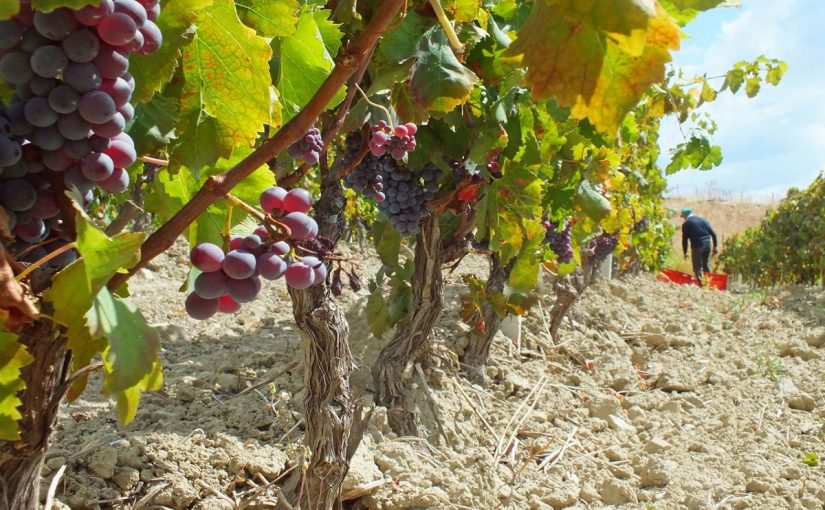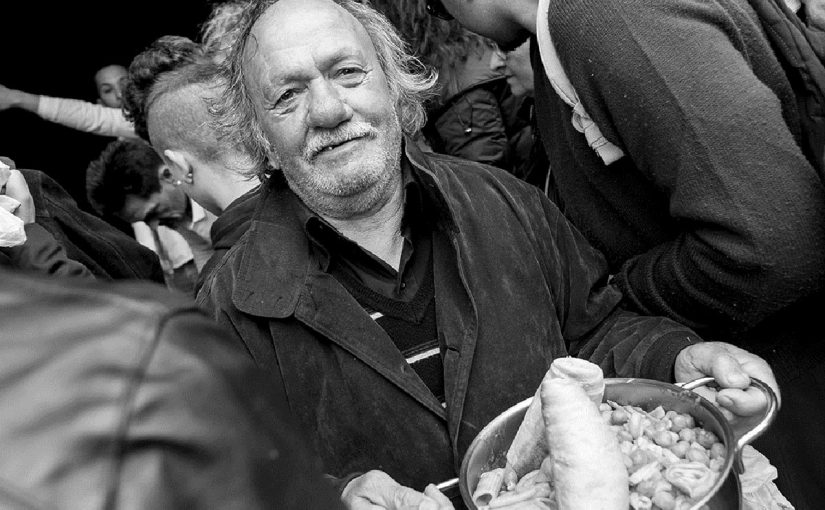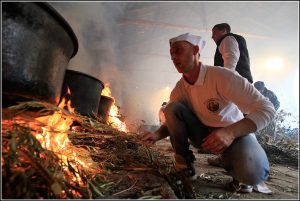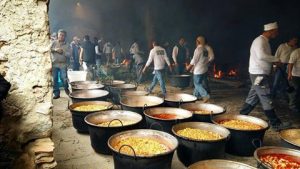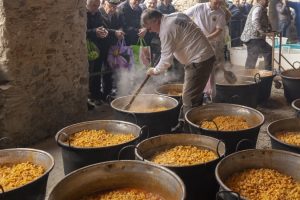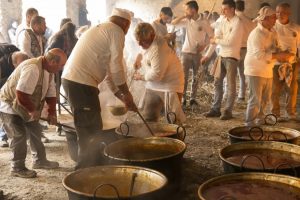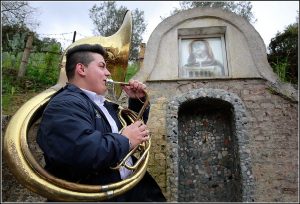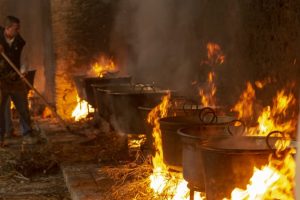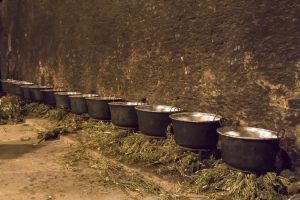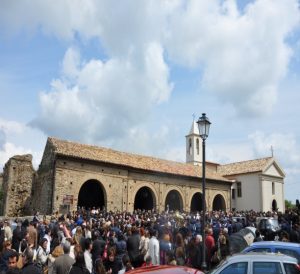24.9.2018
HISTORY
“Gaglioppo” grape represents a small historical heritage of the territory of the Ionian coast, for some years the subject of a work of experimentation and research to obtain better grapes and better vines. Nowadays, Gaglioppo is the typical red grape variety of the Cirò area.
Calabria has a thousand-year tradition in the field of viticulture and even today the landscape of many coastal areas is designed by vineyards, which occupy the space escaping toward the blue horizon of the sea. The first Greek navigators, moved by the spirit of adventure and the search for new business opportunities, landed in these lands around the eighth century BC.
In that time, the indigenous peoples began the process of domestication of the wild vine and the exchanges with the Greek colonizers, making Magna Graecia a region famous for viticulture. So that, the term Enotria (land of wine) with which the Greeks identified a good part of southern Italy, confirms the ancient vine-growing vocation of a territory stretched out towards the sea and a natural crossroads of encounters and contaminations between peoples and civilizations from all over the Mediterranean.
We do not know with certainty which vines were produced in our antiquity such as, in Greek,the amineo, the thurino, the byblinos, the lagaritano, the reghinon, but we can conjecture that these were the ancestors of the actual vines of our South, even if such cultivars have disappeared today.
However, it is worth mentioning to the Calabrian winemakers of having been able to preserve an extraordinary patrimony of autochthonous varieties, still today at the base of the most famous vines of the Region. The international vines arrived late and have affected, only marginally, a production that has its roots in the ancient history of the territory.
Gaglioppo is mainly present in the hilly area of Cirò, located north of Crotone, along the Ionian coast. Thanks to a Mediterranean climate, warm and ventilated, and clay-limestone soil, particularly suited for quality viticulture, Gaglioppo has found its ideal habitat in this area.
NATURE OF THE GRAPE
Gaglioppo is a vine of good vigor and productivity, with a rather long vegetative cycle and a medium-late maturation. It produces bunches with a conical shape, with a notable morphological variety among the various biotypes. The berries are small, with a fairly thick and pruinose, black-purple skin.
For many years many researches have been undertaken to select the best clovers of gaglioppo, with the final aim of raising the quality of the vines.
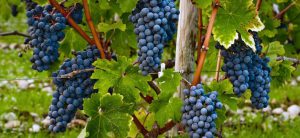
Many companies have always believed in the potential of the vine and have pursued a project to enhance the Gaglioppo. The research started with a mass selection of old trees in the Cirò area, chosen according to the presence of small bunches and berries, tendentially sparse, suitable for producing with low yields.
The material was then re-implanted in experimental vineyards, with the aim of isolating the best clones. This initial project was accompanied by the creation of an experimental field of seed plants, with the aim of observing the genetic variability of the cultivar and selecting the best biotypes.
Finally, Gaglioppo and the ancient native vines have been studied through DNA, grape and micro-vinification analyzes. The road to a progressive qualitative improvement of the material in the vineyard has been traced and will bear fruit in the future.
As for the forms of breeding, still today the traditional Greek tree is favorite, a tree which covers about 70% of the gaglioppo vineyard area. Handled with short pruning and high plant density, the sapling ensures high quality grapes and adapts perfectly to the climate of the territory.

